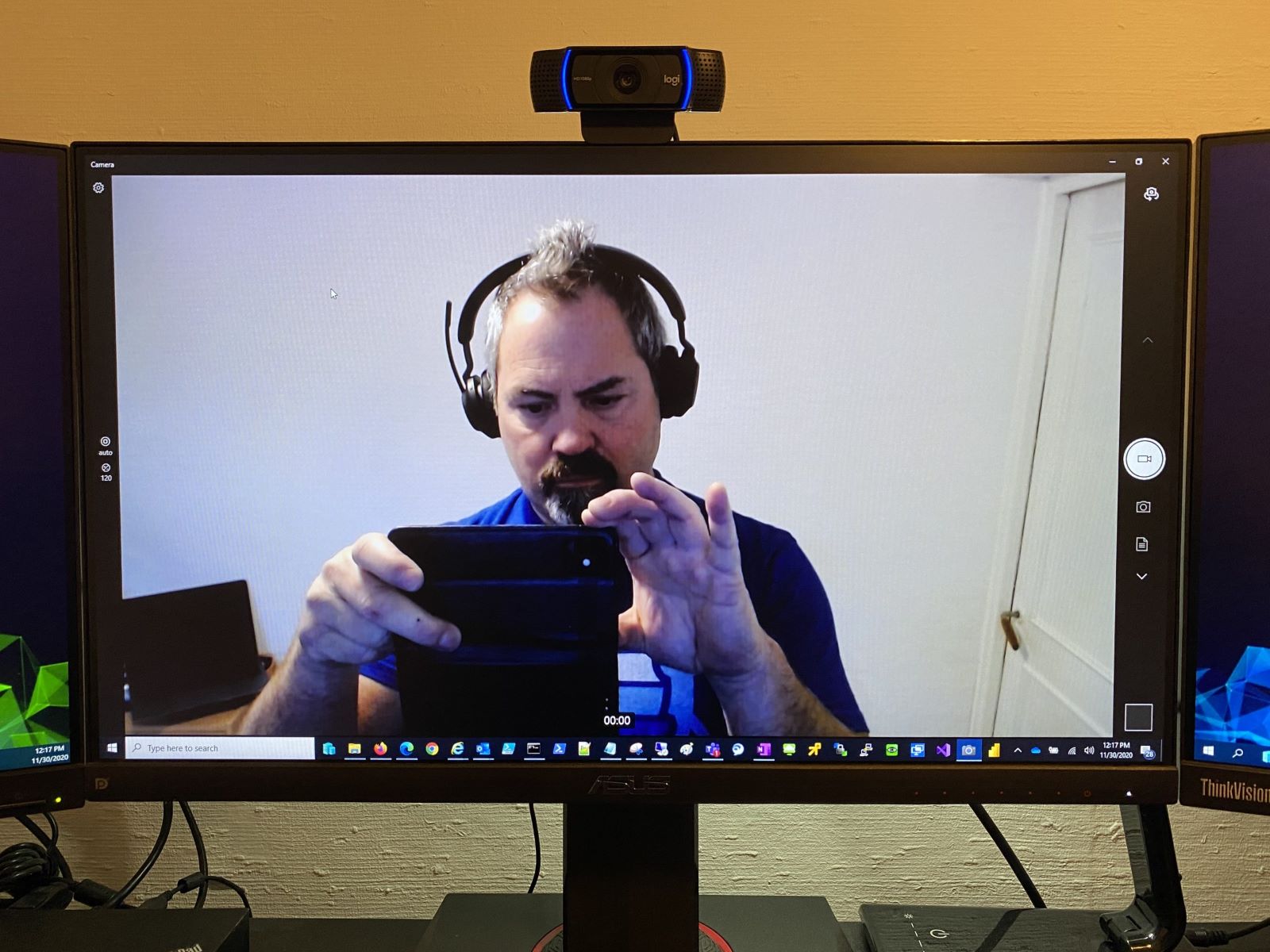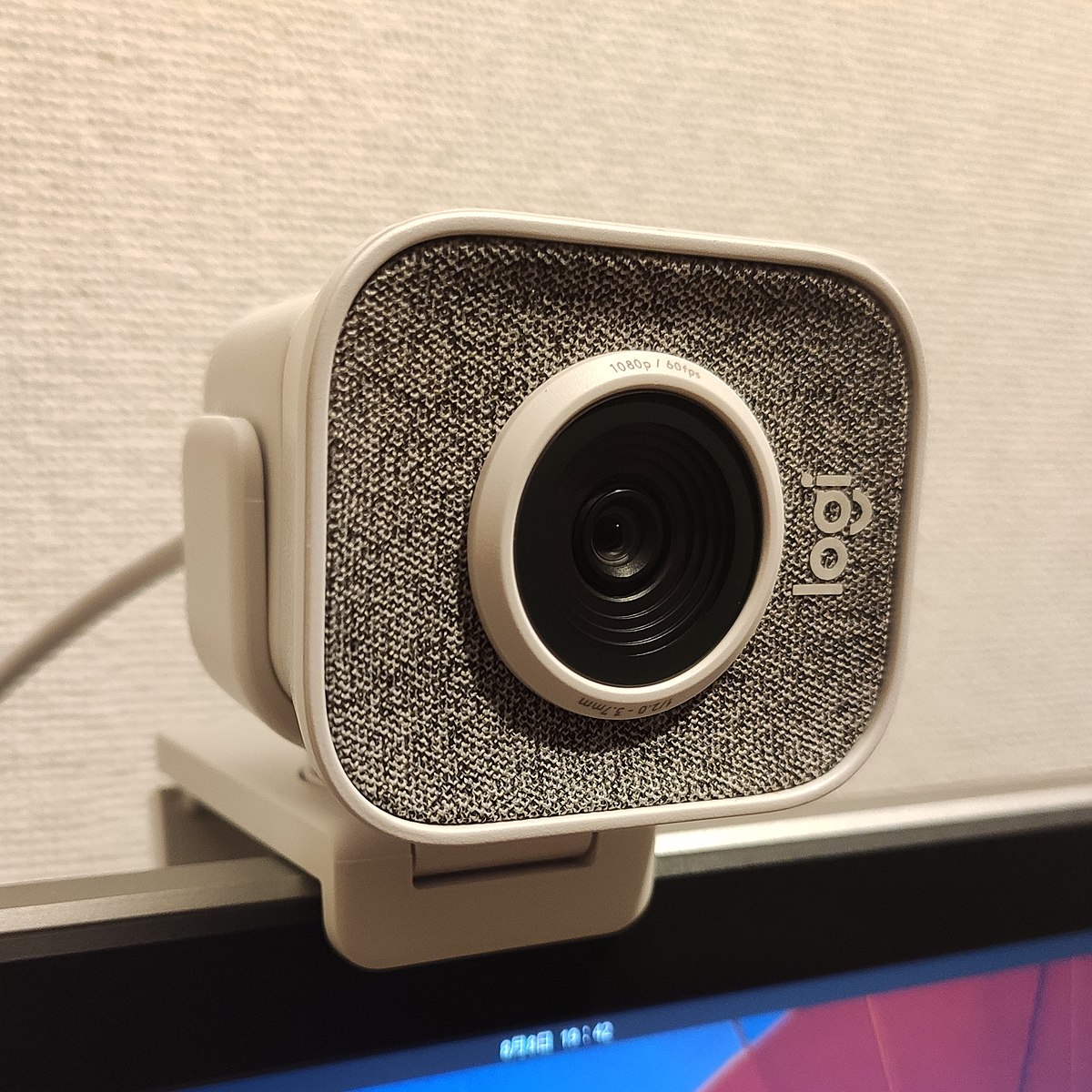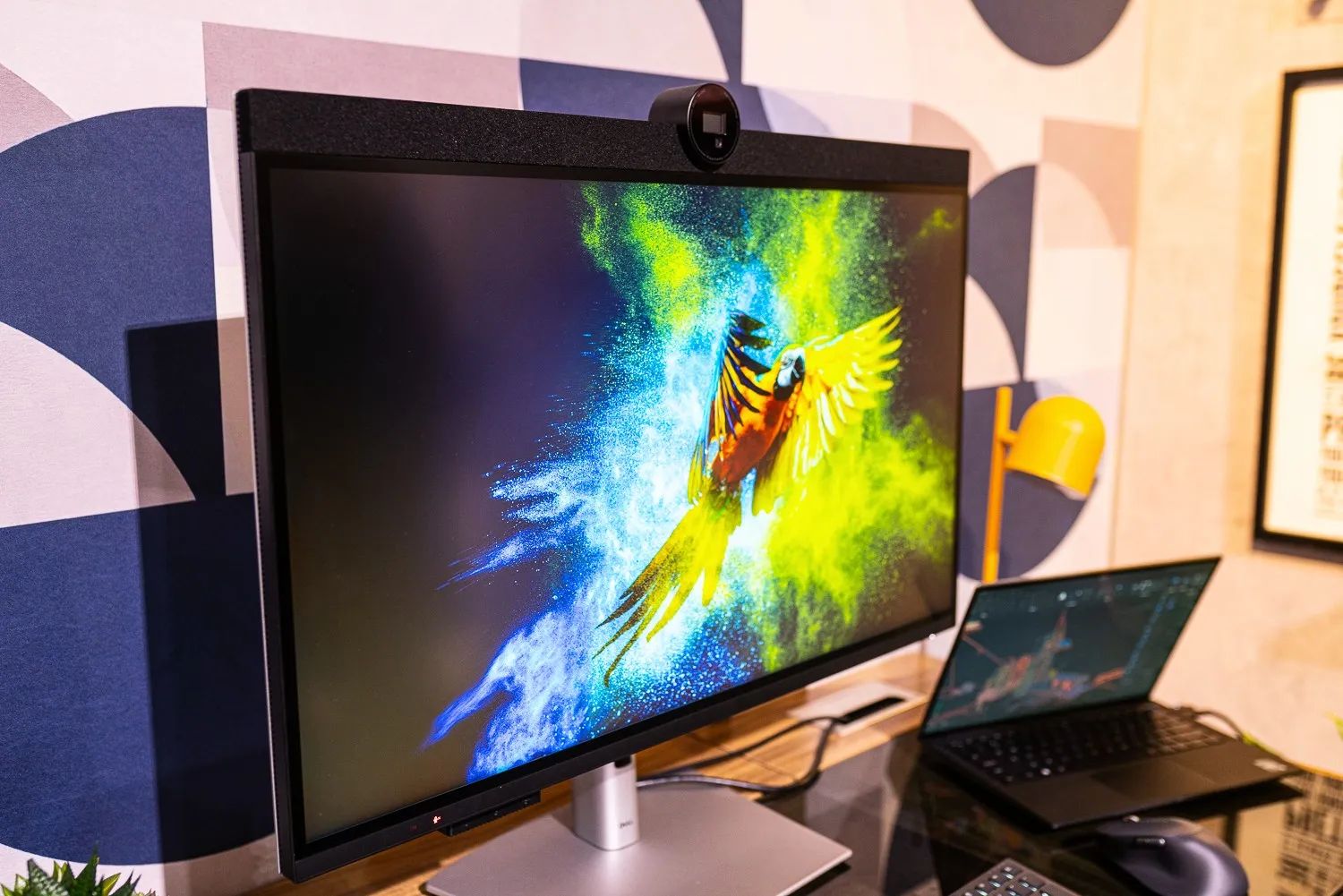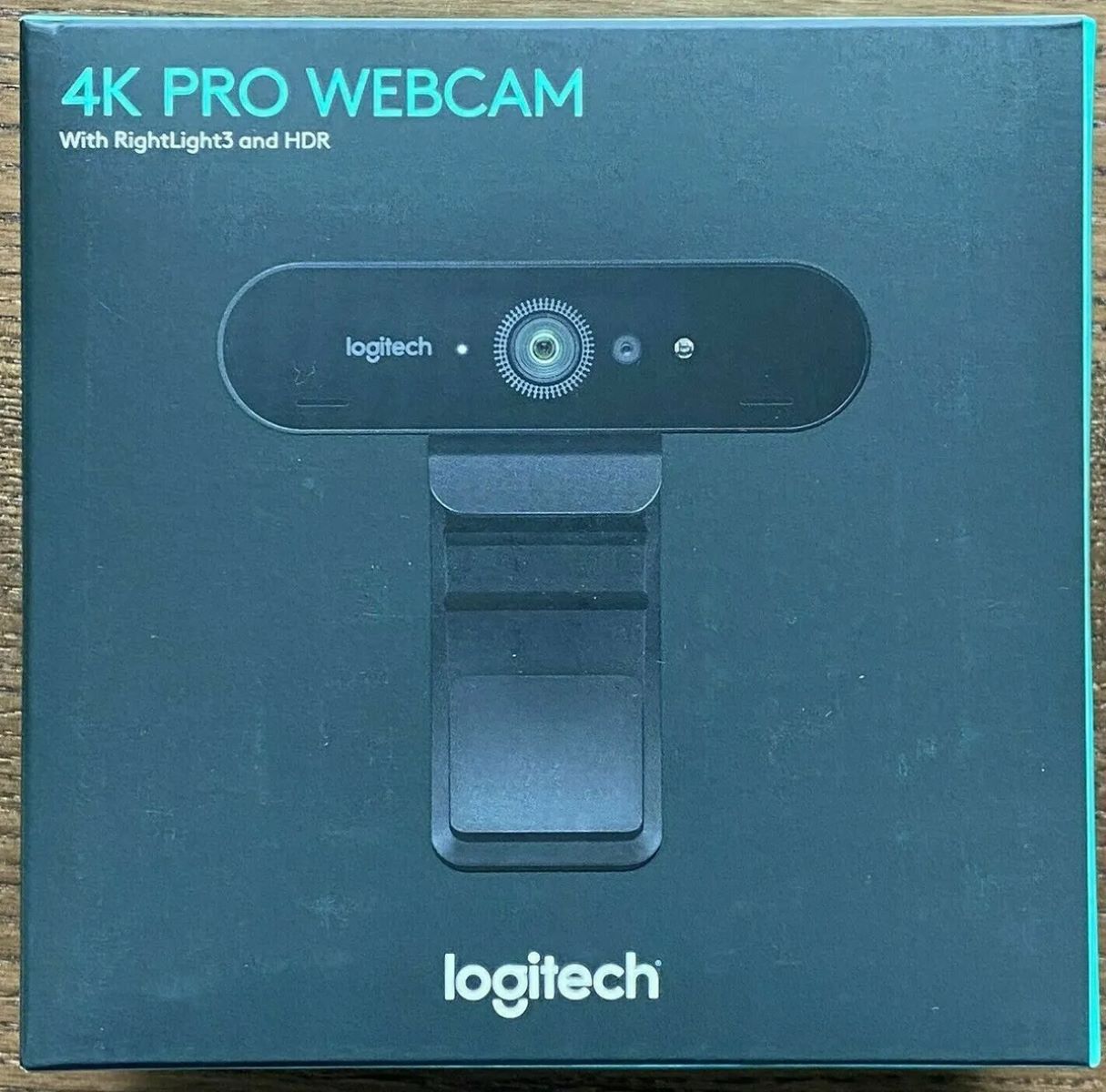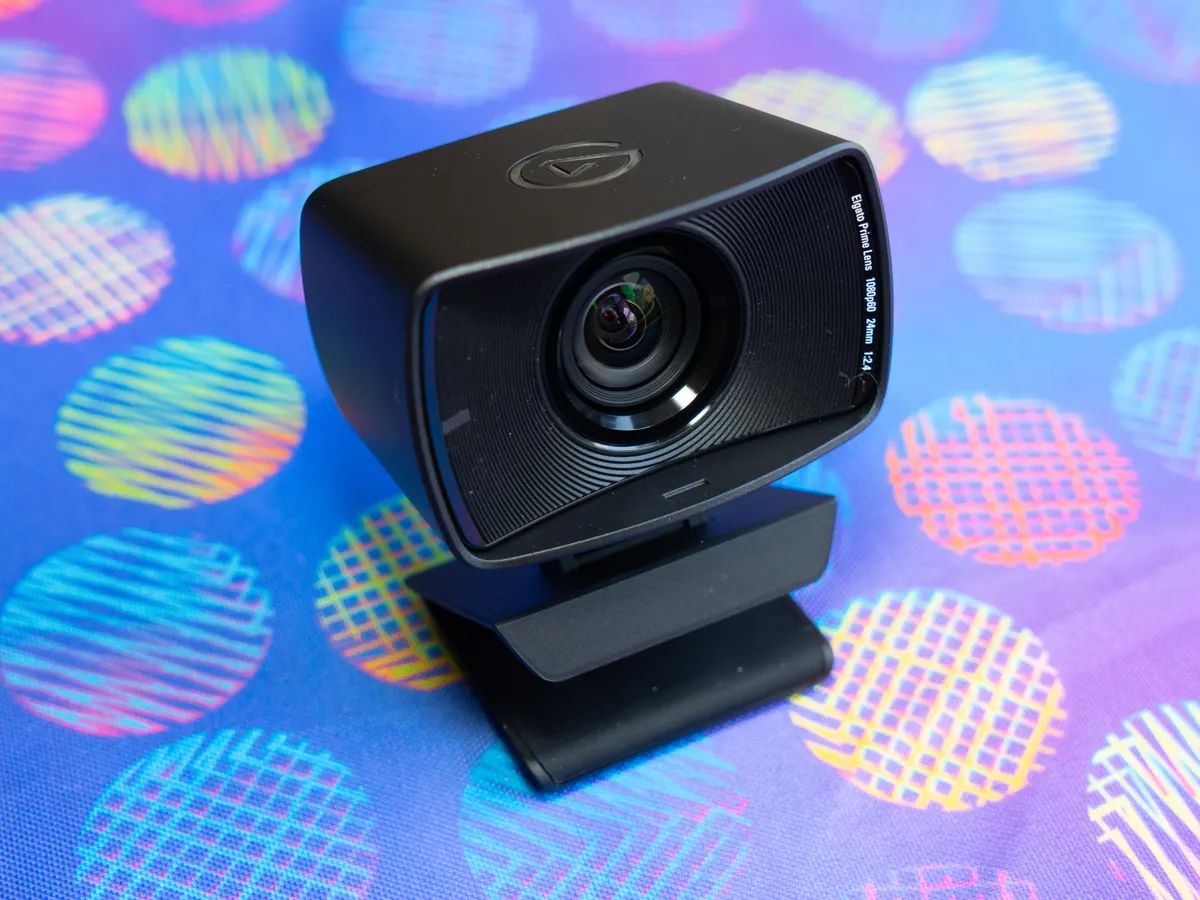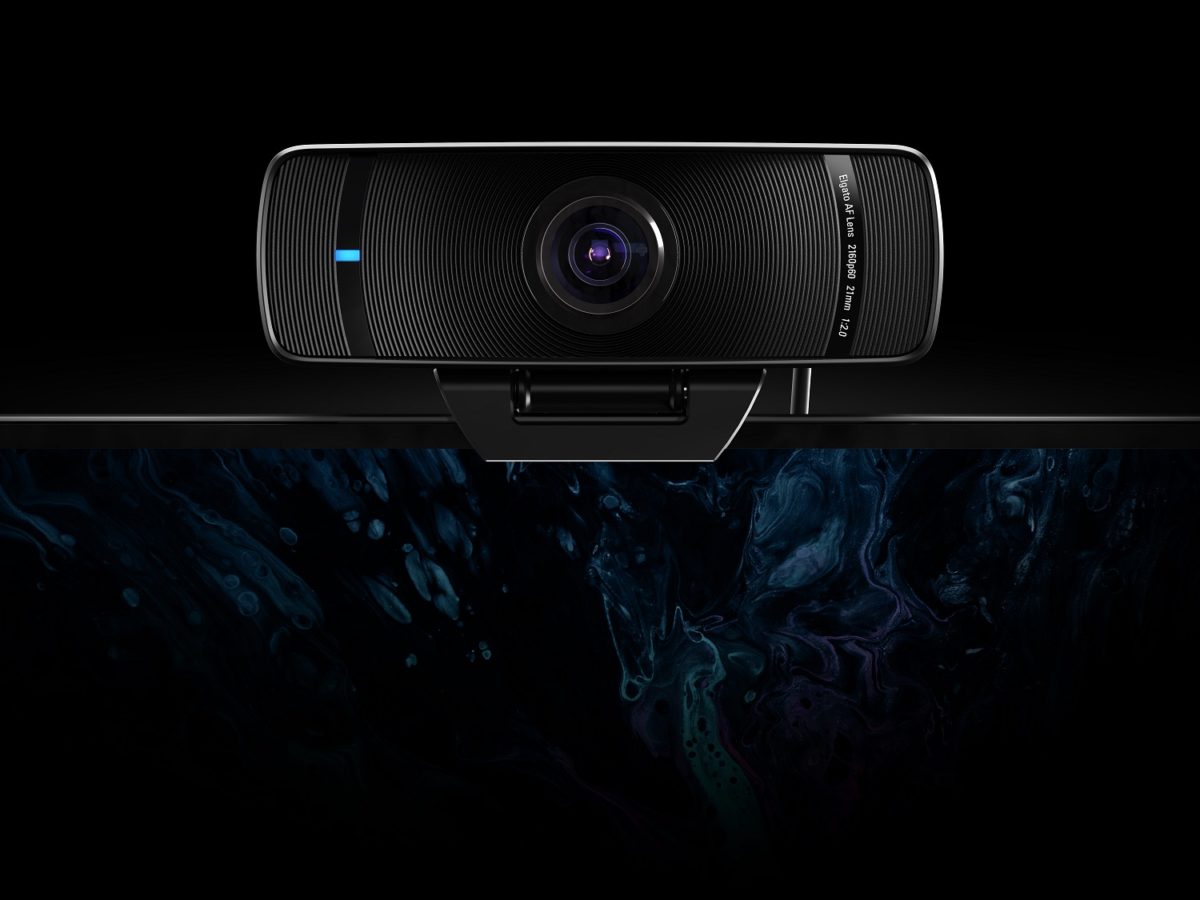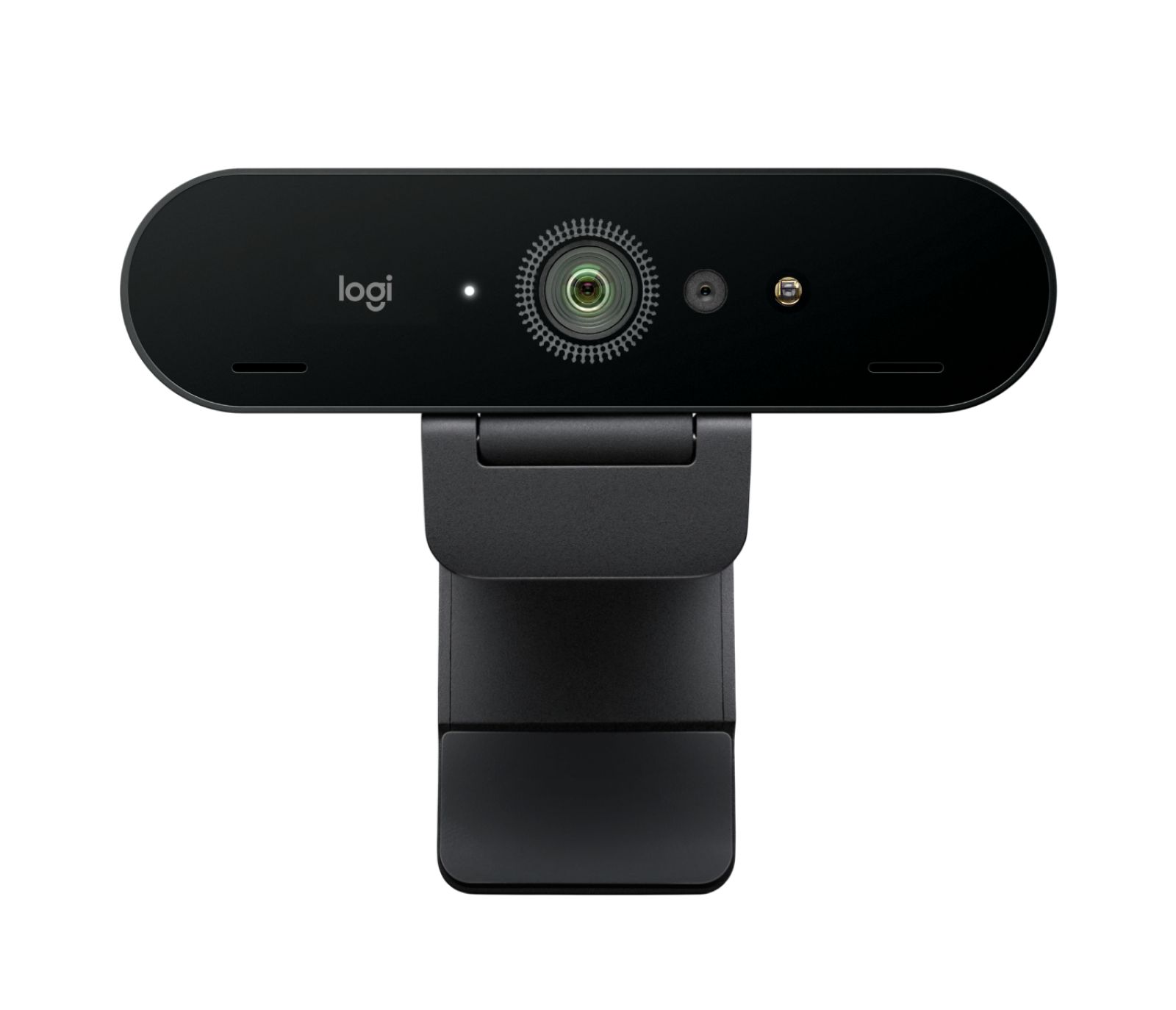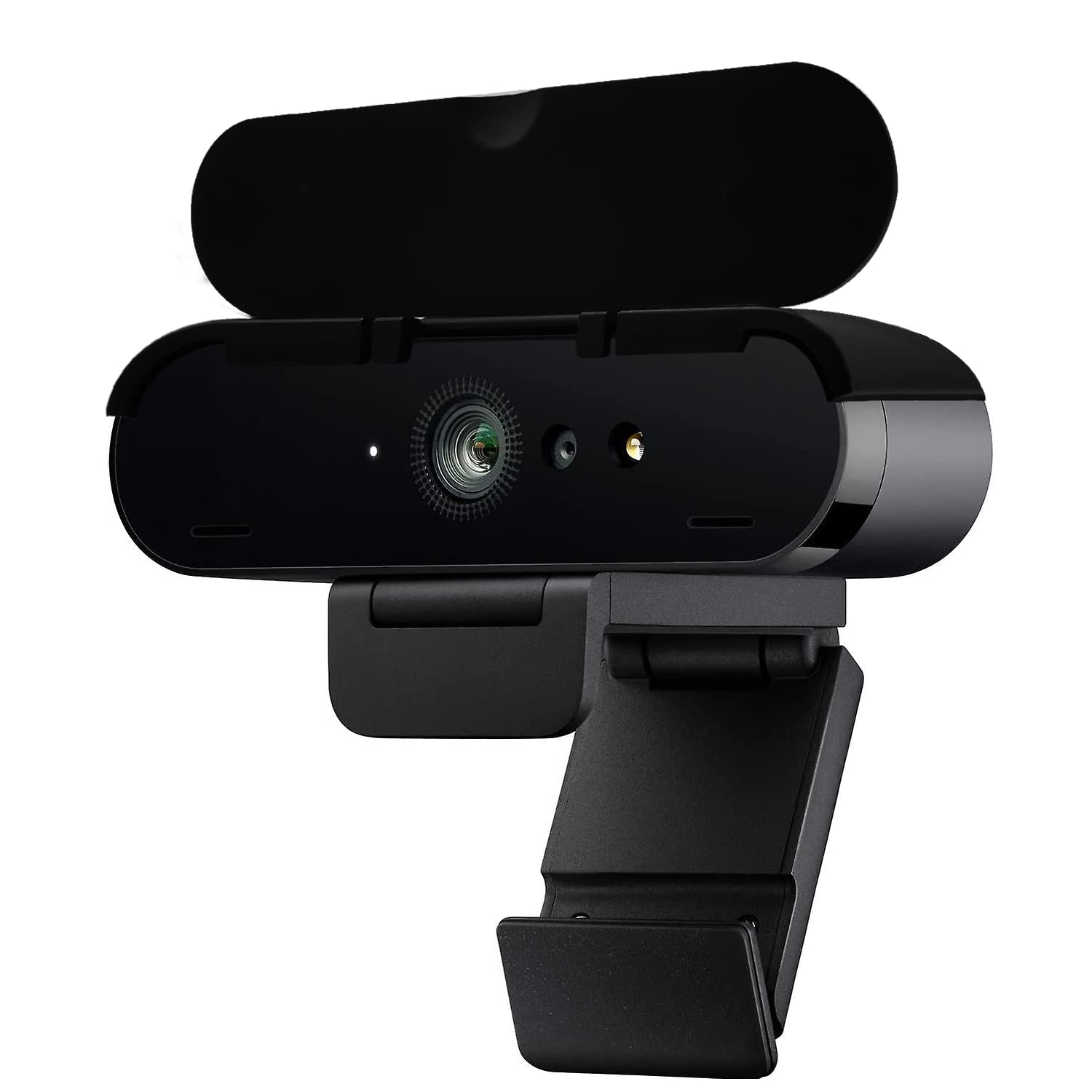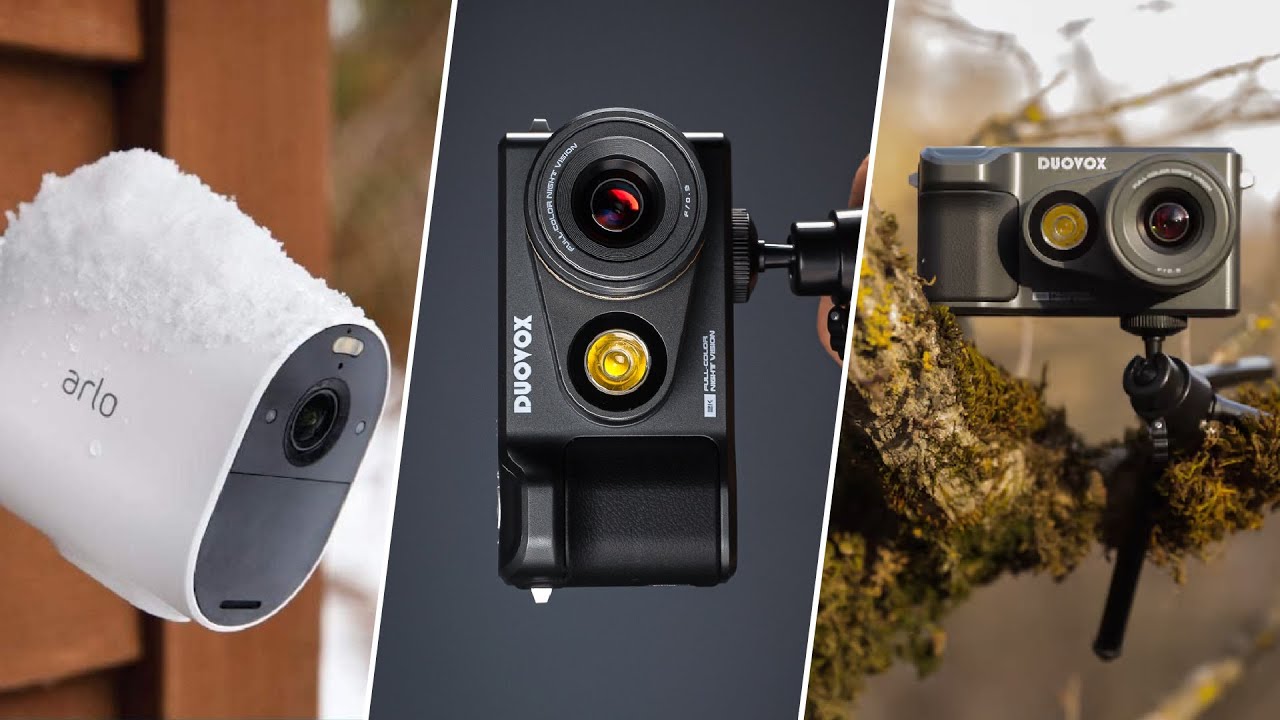Introduction
Welcome to the age of remote work and virtual communication, where webcams have become an essential tool for connecting with others. However, if you’ve ever experienced the frustrating issue of your webcam flickering, you’re not alone. Webcam flickering can be a nuisance, interrupting your video calls, live streams, or online meetings.
But what causes this annoying problem, and how can you fix it? In this article, we will explore the common causes of webcam flickering and provide you with some practical solutions to address the issue.
Webcam flickering refers to the intermittent flashing or rapid changes in brightness that occur when you use your webcam. This can result in distorted or inconsistent video quality.
Understanding the root cause of webcam flickering is crucial in finding an effective solution. It can be caused by various factors, including poor lighting conditions, compatibility issues, outdated drivers, or hardware problems. By identifying the underlying problem, you can take appropriate measures to resolve it and enjoy a smooth video experience.
In the following sections, we will delve into these causes in more detail and guide you through the steps to fix webcam flickering. Whether you’re using a built-in webcam on your laptop or an external webcam, these troubleshooting tips will help you eliminate flickering and ensure clear and stable video output.
Understanding Webcam Flickering
Webcam flickering can be frustrating, but understanding why it occurs is the first step in finding a solution. Flickering can manifest in different ways, such as rapid changes in brightness, horizontal lines, or a distorted image. It often occurs during video calls, livestreams, or when recording videos.
One common cause of webcam flickering is poor lighting conditions. If the lighting in your surroundings is too bright, too dim, flickering itself, or has harsh contrasts, it can affect the performance of your webcam. Insufficient lighting can result in a dark or grainy image, while excessive brightness can cause overexposure or glare.
Another factor that can contribute to webcam flickering is compatibility issues. Certain webcams may not be fully compatible with the operating system or software you’re using. This can lead to conflicts and instability in the webcam’s performance, resulting in flickering or other visual distortions.
Outdated webcam drivers can also play a role in causing flickering. Drivers are software programs that allow your computer to communicate with and control your webcam’s hardware. If these drivers are outdated or corrupted, they can cause compatibility issues and affect the smooth functioning of your webcam, leading to flickering.
Lastly, hardware problems can cause webcam flickering. A faulty webcam cable or connector, loose connections, or a damaged webcam sensor can all contribute to flickering issues. It’s important to inspect the physical components of your webcam and ensure they are in good working condition.
Understanding the underlying causes of webcam flickering can help you troubleshoot and resolve the issue effectively. In the next sections, we will discuss practical steps you can take to fix webcam flickering and improve your video quality.
Common Causes of Webcam Flickering
Webcam flickering can be attributed to several common causes. By identifying these causes, you can troubleshoot the issue and find the most appropriate solution. Let’s take a closer look at these common culprits:
- Poor Lighting Conditions: Inadequate or harsh lighting can greatly affect the performance of your webcam. Insufficient lighting can result in a dark or grainy image, while bright or flickering lights can cause overexposure or glare. Finding the right balance of lighting is essential for a clear and flicker-free video.
- Webcam Compatibility Issues: Certain webcams may have compatibility issues with the operating system or video conferencing software you’re using. This can lead to conflicts and instability, resulting in flickering or other visual distortions. It’s important to ensure that your webcam is fully compatible with your system to avoid such issues.
- Outdated Webcam Drivers: Webcam drivers are essential software programs that allow your computer to communicate with and control your webcam. If your drivers are outdated, incompatible, or corrupted, they can disrupt the smooth functioning of your webcam and cause flickering. Updating your drivers can often resolve the issue.
- Hardware Problems: Physical hardware issues can also contribute to webcam flickering. A faulty webcam cable or connector, loose connections, or a damaged webcam sensor can all disrupt the video feed and result in flickering. It’s crucial to inspect the physical components of your webcam and ensure they are in good working condition.
Understanding these common causes of webcam flickering is the key to finding the right solution. In the next section, we will explore practical steps you can take to address webcam flickering and improve your video quality.
Poor Lighting Conditions
Poor lighting conditions can have a significant impact on the performance of your webcam and may be a common cause of flickering. Insufficient lighting can result in a dark or grainy image, while overly bright or flickering lights can cause overexposure and glare, leading to flickering or other visual distortions.
To improve lighting conditions and minimize webcam flickering, consider the following tips:
- Use natural light: Whenever possible, utilize natural light by positioning yourself near a window or in a well-lit area. Natural light provides a balanced illumination that can enhance the quality of your video feed.
- Avoid direct light sources: Direct exposure to bright lights, such as ceiling lights or lamps, can cause overexposure and lead to flickering. Adjust your positioning or use diffusers to soften the intensity of direct light sources.
- Use supplementary lighting: If the lighting in your environment is inadequate, consider using supplementary lighting sources, such as a desk lamp or a ring light. These can provide consistent and adjustable lighting that improves the clarity of your video feed.
- Avoid flickering lights: Lights that flicker or have a rapid pulsating effect can interfere with your webcam’s performance. It’s best to avoid areas with such lights or replace them with stable lighting options.
- Adjust camera settings: Some webcams have built-in settings that can help compensate for poor lighting conditions. Explore the settings of your webcam software or video conferencing platform to adjust brightness, contrast, or exposure levels.
By optimizing the lighting conditions in your environment and leveraging the available settings, you can significantly reduce webcam flickering. If the issue persists after addressing the lighting, it may be necessary to explore other potential causes, such as compatibility issues or outdated drivers, as discussed in the following sections.
Webcam Compatibility Issues
Webcam compatibility issues can be a common cause of flickering. Different webcams may have varying levels of compatibility with the operating system or video conferencing software you’re using. When there is a mismatch, conflicts can arise, leading to instability and visual distortions, including flickering.
To troubleshoot and resolve webcam compatibility issues, consider the following steps:
- Check system requirements: Ensure that your webcam meets the minimum system requirements specified by the manufacturer. This includes compatibility with your operating system, available USB ports, and any additional software or drivers required for optimal performance.
- Update software and drivers: Keep your video conferencing software, operating system, and webcam drivers up to date. Software updates often include bug fixes and improved compatibility with different devices, which can help resolve compatibility issues and ensure a smoother webcam experience.
- Research compatibility: Before purchasing a webcam, research its compatibility with your specific operating system and software. Check online forums, customer reviews, or the manufacturer’s website for any known compatibility issues or recommended settings.
- Try alternative software: If you experience compatibility issues with a specific video conferencing software, try using an alternative platform to see if the problem persists. Different software may interact differently with your webcam, providing a more stable and flicker-free video experience.
- Contact technical support: If you’ve exhausted all troubleshooting steps and are still experiencing compatibility issues, reach out to the technical support of your webcam manufacturer, software provider, or operating system developer. They may be able to provide further guidance or a specific solution tailored to your setup.
Resolving webcam compatibility issues can help eliminate flickering caused by conflicts between your webcam and your system or software. If the problem persists even after addressing compatibility concerns, it’s important to explore other potential causes, such as outdated drivers or hardware problems, as discussed in the following sections.
Outdated Webcam Drivers
Outdated webcam drivers can contribute to flickering issues and impact the overall performance of your webcam. Webcam drivers are software programs that allow your computer to communicate with and control the hardware of your webcam. When these drivers are outdated, incompatible with your operating system, or corrupted, they can lead to instability and visual distortions, including flickering.
To address flickering caused by outdated webcam drivers, consider the following steps:
- Check for driver updates: Visit the website of your webcam manufacturer or the support page of your computer’s manufacturer to check for driver updates specifically for your webcam model. Download and install the latest driver version available, ensuring compatibility with your operating system.
- Use device manager: Windows users can use the device manager to check for driver updates. Simply right-click on the Start button, select Device Manager, and locate the webcam under Imaging Devices. Right-click on the webcam, select Properties, and navigate to the Driver tab. Click on Update Driver and follow the on-screen instructions to check for and install any available updates.
- Automate driver updates: Consider using driver update software that can automatically scan your computer, detect outdated drivers, and install the latest versions. Be cautious when using third-party software, and ensure you download from trusted sources to avoid any security risks.
- Uninstall and reinstall drivers: If updating the drivers does not resolve the flickering issue, you can try uninstalling the webcam drivers completely and then reinstalling them. This can help eliminate any corrupted files or settings that may be causing the problem.
- Restart your computer: After updating or reinstalling the drivers, restart your computer to ensure that the changes take effect. This can help refresh the system and ensure that the newly installed drivers are properly initialized.
Updating your webcam drivers is an essential step in troubleshooting flickering caused by compatibility issues or out-of-date software. If the problem persists even after updating the drivers, it may be necessary to explore other potential causes, such as hardware problems, as discussed in the following sections.
Hardware Problems
Hardware problems can often be the underlying cause of webcam flickering. Issues such as a faulty cable or connector, loose connections, or a damaged webcam sensor can disrupt the video feed and result in flickering or other visual distortions. It’s important to inspect the physical components of your webcam and ensure they are in good working condition.
To address webcam flickering caused by hardware problems, consider the following steps:
- Inspect the cables and connectors: Check the cables connecting your webcam to your computer for any visible damage or wear. Make sure the connections are secure and properly plugged in. If you notice any issues, try using a different cable or connector to see if it resolves the flickering problem.
- Check the webcam placement: Ensure that the webcam is positioned securely and at the right angle. A loose or unstable placement can cause vibrations and result in flickering. Consider using a stable stand or tripod to keep the webcam in place during use.
- Clean the webcam lens: Over time, dust and smudges can accumulate on the lens of your webcam, affecting the image quality and potentially causing flickering. Use a soft, lint-free cloth to gently clean the lens and remove any debris that may be obstructing the sensor.
- Test the webcam on another computer: If possible, test your webcam on a different computer to determine if the flickering issue is specific to your setup or a hardware problem with the webcam itself. If the flickering persists on multiple computers, it may indicate a faulty webcam that needs to be repaired or replaced.
- Consult a professional: If you have inspected all the physical components and tried troubleshooting steps without success, it may be best to consult a professional technician or contact the manufacturer’s support for further assistance. They can help diagnose and resolve any underlying hardware problems that may be causing the flickering.
Addressing hardware issues is crucial in resolving webcam flickering problems. If the flickering persists even after addressing potential hardware problems, it may be necessary to explore other causes, such as compatibility issues or driver updates, as discussed in earlier sections.
How to Fix Webcam Flickering
To fix webcam flickering, it’s important to take a systematic approach and address each potential cause. By following the steps outlined below, you can troubleshoot the issue and improve your webcam’s performance:
- Improve Lighting Conditions: Ensure that your environment has adequate and proper lighting. Avoid harsh contrasts or flickering lights that can cause overexposure or glare. Use natural light when possible or consider using supplementary lighting sources to achieve a balanced and consistent illumination.
- Update Webcam Drivers: Check for any available driver updates for your webcam. Visit the manufacturer’s website or use device manager tools to ensure that you have the latest version installed. Outdated or incompatible drivers can cause instability and visual distortions, including flickering.
- Check for Hardware Issues: Inspect the cables, connectors, and placement of your webcam. Ensure that the connections are secure and that the webcam is positioned stable and at the right angle. Clean the lens to remove any dust or debris that may be affecting the sensor’s performance.
- Address Compatibility Issues: Verify that your webcam is fully compatible with your operating system and video conferencing software. Update your software to the latest version and explore alternative platforms if compatibility issues persist.
By systematically addressing these potential causes of webcam flickering, you can significantly improve the quality and stability of your video feed. It’s important to note that these steps may vary depending on the specific webcam model and software you’re using. If the issue persists, consider reaching out to technical support for further assistance or consulting a professional technician.
Improve Lighting Conditions
Poor lighting conditions can greatly contribute to webcam flickering issues. Insufficient or harsh lighting can result in a dark or grainy image, while overly bright or flickering lights can cause overexposure and glare, leading to flickering or other visual distortions. Therefore, it’s essential to optimize the lighting environment to improve the performance of your webcam and achieve clear and stable video quality.
Here are some tips to improve lighting conditions and minimize webcam flickering:
- Utilize natural light: Whenever possible, position yourself in an area with ample natural light. Sit near a window to take advantage of the diffuse and consistent lighting that natural light provides. Adjust your position to avoid direct sunlight, which can cause overexposure and create harsh shadows.
- Avoid direct light sources: Direct exposure to bright overhead lights, ceiling lights, or lamps can result in overexposure, causing your webcam to adjust constantly and leading to flickering. To prevent this, position yourself in a way that minimizes direct light falling on your face or use diffusers to soften the intensity of the light.
- Add supplementary lighting: If the lighting in your environment is insufficient, consider adding supplementary lighting sources. Desk lamps, ring lights, or softbox lights are excellent options to evenly illuminate your face and improve the clarity of your video feed. Experiment with different positions and angles to find the optimal lighting setup.
- Avoid flickering light sources: Lights that flicker or have a rapid pulsating effect can interfere with your webcam’s performance and cause flickering. Identify and eliminate or replace any lights in your vicinity that are prone to flickering. Opt for stable and consistent lighting options to ensure a flicker-free video.
- Adjust camera settings: Many webcams and video conferencing software offer camera settings that allow you to adjust brightness, contrast, exposure, and white balance. Take advantage of these settings to fine-tune the image quality and compensate for any lighting challenges you may encounter. Experiment with different settings to find the optimal balance for your specific lighting environment.
By implementing these tips to improve lighting conditions, you can greatly minimize webcam flickering and enhance the overall quality of your video feed. However, if the flickering persists even after addressing lighting concerns, it may be necessary to explore other potential causes, such as compatibility issues or outdated webcam drivers, as discussed in the following sections.
Update Webcam Drivers
Outdated webcam drivers can often contribute to flickering issues and impact the overall performance of your webcam. Webcam drivers are software programs that enable communication between your computer and the hardware of your webcam. When these drivers are outdated, incompatible, or corrupted, they can lead to instability, compatibility issues, and visual distortions like flickering.
To address webcam flickering caused by outdated drivers, follow these steps:
- Identify your webcam model: Determine the make and model of your webcam. This information can usually be found on the webcam itself, in the user manual, or on the manufacturer’s website.
- Visit the manufacturer’s website: Go to the website of your webcam’s manufacturer and navigate to the support or downloads section. Search for the drivers specifically designed for your webcam model and the operating system you’re using.
- Download the latest drivers: Locate and download the latest version of the drivers for your webcam. Make sure to select the appropriate drivers for your operating system (e.g., Windows 10, macOS) and follow any instructions provided by the manufacturer.
- Install the drivers: Once the drivers have been downloaded, run the installation file and follow the on-screen instructions to install them on your computer. Restart your computer if prompted to complete the installation process.
- Update through Device Manager (Windows): On Windows, you can also update webcam drivers through the Device Manager. Right-click on the Start button, select Device Manager, and expand the “Imaging Devices” category. Right-click on your webcam, select “Update driver,” and choose the option to search for updated drivers automatically.
- Verify driver installation: After updating the drivers, double-check that they have been successfully installed. You can do this by going back to the Device Manager (Windows) or checking the webcam settings within your video conferencing software to ensure the updated drivers are being recognized.
Updating your webcam drivers is an essential step in troubleshooting flickering caused by compatibility issues or outdated software. It ensures that your webcam works seamlessly with your operating system and other software, providing a stable and flicker-free video experience. If the issue persists even after updating the drivers, it may be necessary to explore other potential causes, such as hardware problems, as discussed in the following sections.
Check for Hardware Issues
Webcam flickering can also be caused by hardware problems. Issues such as a faulty cable or connector, loose connections, or a damaged webcam sensor can disrupt the video feed and lead to flickering or other visual distortions. It’s important to thoroughly inspect the physical components of your webcam to ensure they are in good working condition.
To check for hardware issues and address webcam flickering, follow these steps:
- Inspect the cables and connectors: Examine the cables connecting your webcam to your computer for any visible damage, fraying, or wear. Make sure the connections are secure and properly plugged in. If you notice any issues, try using a different cable or connector to see if it resolves the flickering problem.
- Check the webcam placement: Ensure that your webcam is securely positioned and at the correct angle. If the webcam is not stable or if it vibrates during use, it can lead to flickering. Consider using a stable stand or tripod to keep the webcam fixed in place while you’re using it.
- Clean the webcam lens: Dust, smudges, or debris on the lens of your webcam can affect the image quality and potentially cause flickering. Use a soft, lint-free cloth to gently clean the lens and remove any particles that may be obstructing the sensor. Avoid using harsh chemicals or abrasive materials that could scratch the lens.
- Test the webcam on another computer: If possible, connect your webcam to a different computer to see if the flickering issue persists. If the problem occurs on multiple computers, it may indicate a hardware problem with the webcam itself. In such cases, you may need to contact technical support or consider repairing or replacing the webcam.
- Consult a professional: If you have thoroughly inspected the physical components of your webcam and tried troubleshooting steps without success, it may be best to consult a professional technician or contact the manufacturer’s support for further assistance. They can help diagnose and resolve any underlying hardware problems that may be causing the flickering.
Addressing hardware issues is crucial to resolving webcam flickering problems. If the flickering persists even after addressing potential hardware problems, it may be necessary to explore other causes, such as compatibility issues or outdated drivers, as discussed in earlier sections.
Conclusion
Webcam flickering can be a frustrating issue that disrupts your video calls, livestreams, or online meetings. However, by understanding the common causes and following the appropriate troubleshooting steps, you can effectively address and fix the problem.
In this article, we discussed various factors that can contribute to webcam flickering, including poor lighting conditions, compatibility issues, outdated drivers, and hardware problems. By identifying the underlying cause, you can take targeted actions to resolve the issue and improve the quality of your video feed.
To fix webcam flickering, it is crucial to improve lighting conditions by utilizing natural light, avoiding direct light sources, using supplementary lighting, and adjusting camera settings. Updating webcam drivers is another essential step, as outdated drivers can cause compatibility issues and visual distortions. Checking for hardware issues, such as faulty cables, loose connections, or a damaged webcam sensor, is also important to address potential physical problems.
If the flickering issue persists even after following these steps, it may be necessary to consult technical support or seek professional assistance. They can provide further guidance and help diagnose any underlying hardware or software problems that may require repair or replacement.
Remember, troubleshooting webcam flickering requires patience and persistence. By systematically addressing each potential cause, you can optimize your webcam’s performance and ensure a stable and flicker-free video experience.







